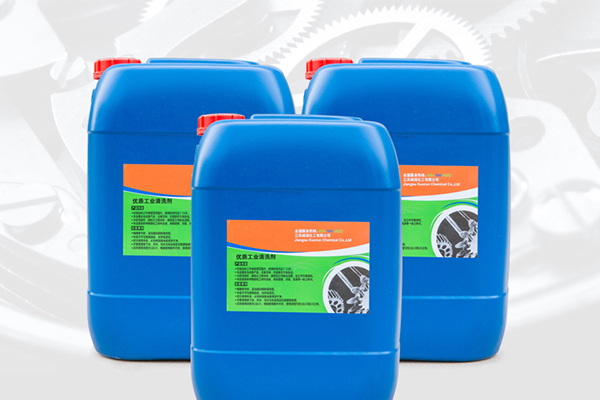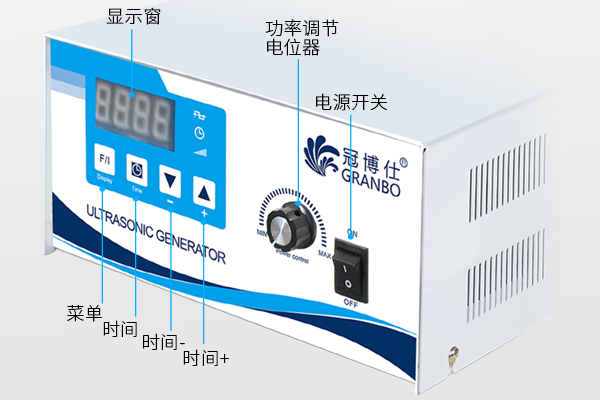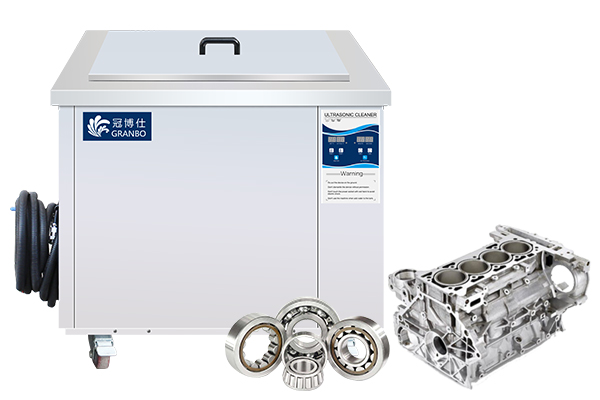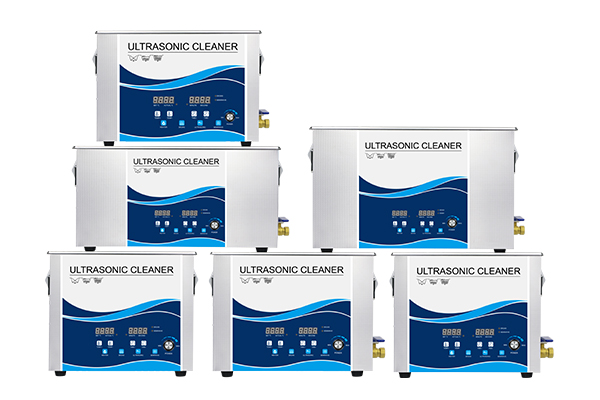Using an ultrasonic cleaner as a stirrer is feasible in certain specific applications, though its function differs from that of traditional mechanical stirrers. Ultrasonic cleaners create high-frequency vibrations and cavitation effects, producing tiny bubbles that release powerful energy upon collapse, causing intense microscopic movement in the liquid. This characteristic is suitable for the following scenarios:
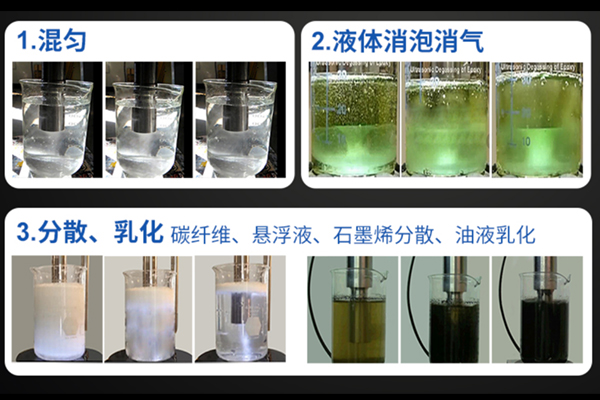
1. Dispersion and Mixing of Nanomaterials
Ultrasonic cleaners are often used for dispersing nanomaterials (e.g., nanoparticles, carbon nanotubes). Traditional stirring may struggle to break particle agglomerations, whereas the cavitation effect of ultrasonics efficiently disperses particles and ensures uniform distribution in the solution.
2. Emulsification and Homogenization
For tasks requiring the mixing of two immiscible liquids (e.g., oil and water), ultrasonic cleaners can act as emulsification tools. They break liquid droplets into smaller sizes, forming more stable emulsions.
3. Facilitating Chemical Reactions
In chemical reactions, ultrasonic energy enhances the mixing of reactants and increases reaction rates. This application, known as “sonochemistry,” is widely used in research and industry.
Precautions
- Limitations
The working principle of ultrasonic cleaners is better suited for microscopic stirring and dispersion rather than large-scale mechanical mixing. For example, their efficiency decreases when handling large volumes or high-viscosity liquids. - Equipment Wear
Prolonged non-cleaning use may accelerate equipment wear and reduce its cleaning efficiency. - Heat Generation
Ultrasonic operation generates heat, which may affect temperature-sensitive materials.
Conclusion
If you need to handle microscopic mixing or dispersion tasks, especially in research or fine chemical fields, using an ultrasonic cleaner is feasible and highly efficient. However, for large-scale or macroscopic mixing requirements, specialized mechanical stirring equipment is more appropriate.

